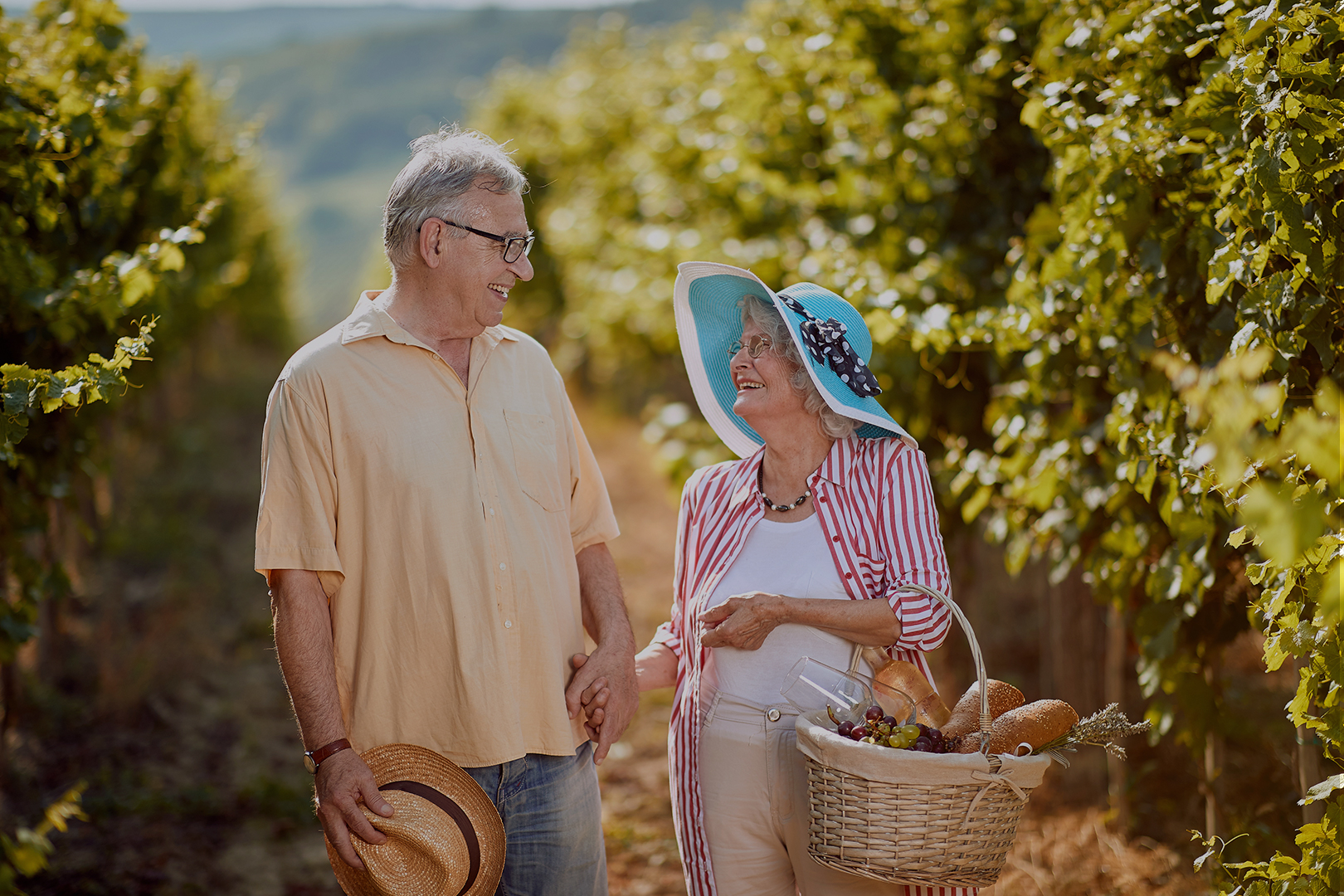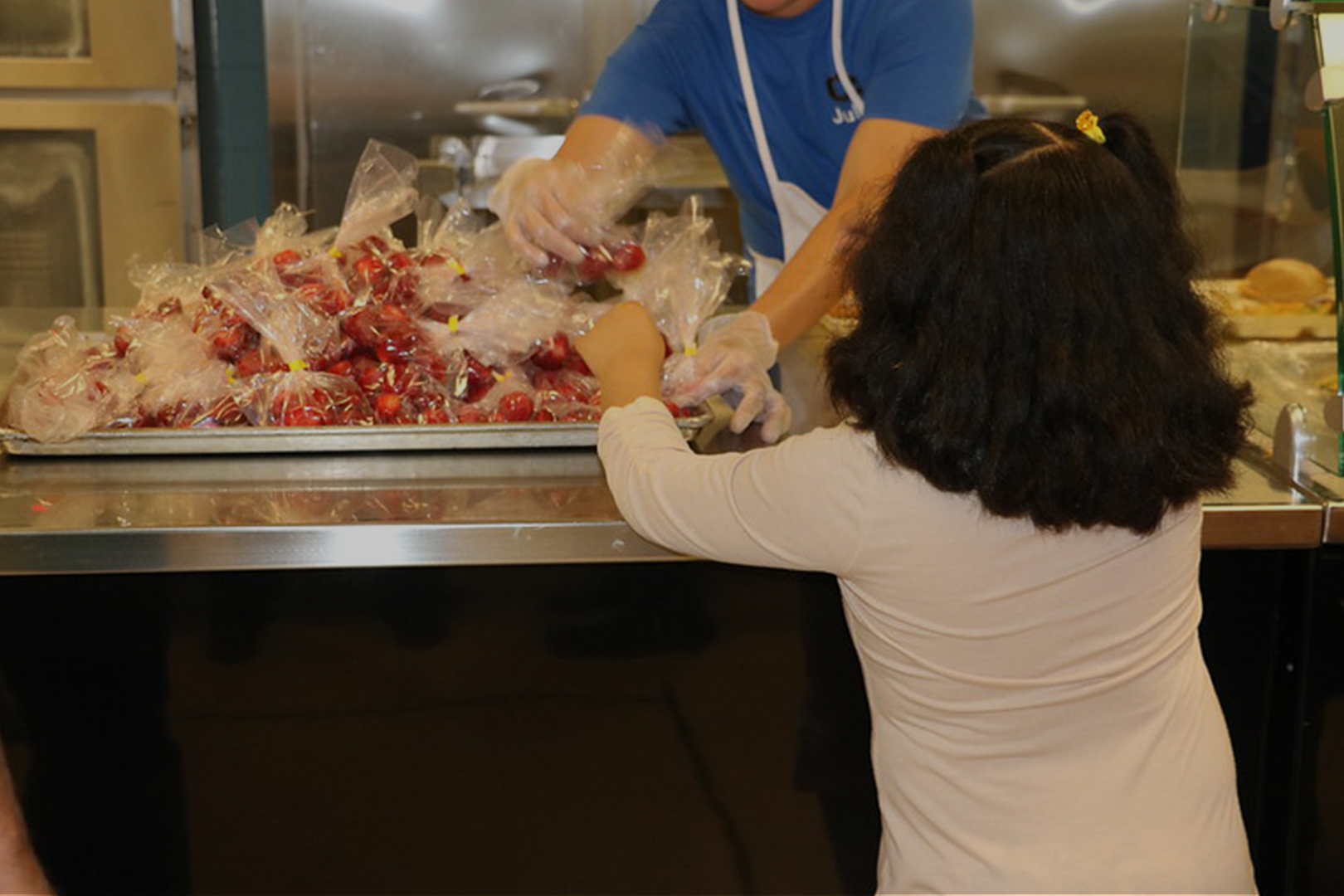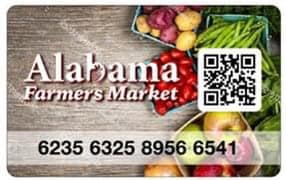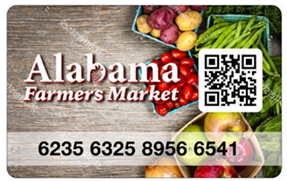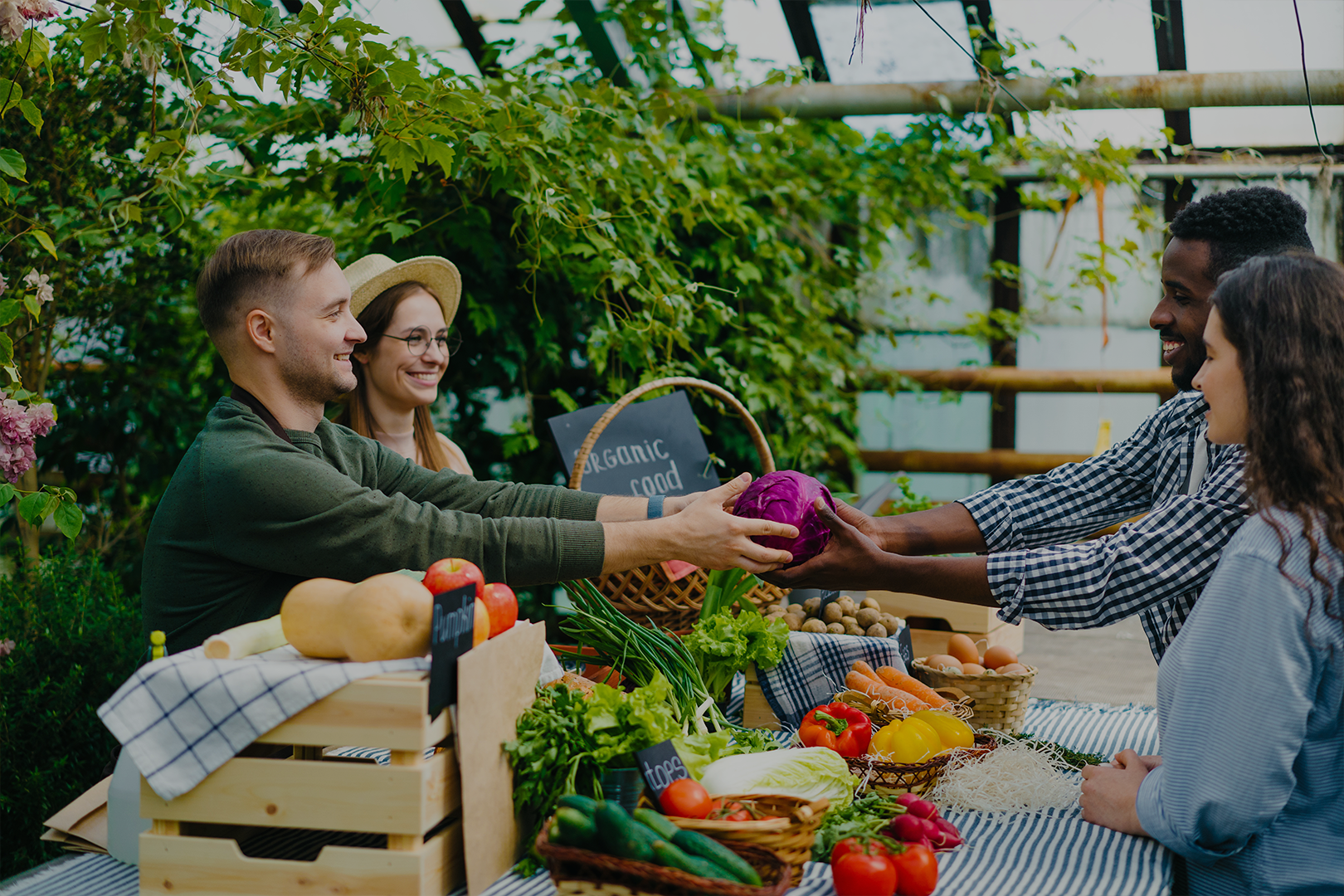
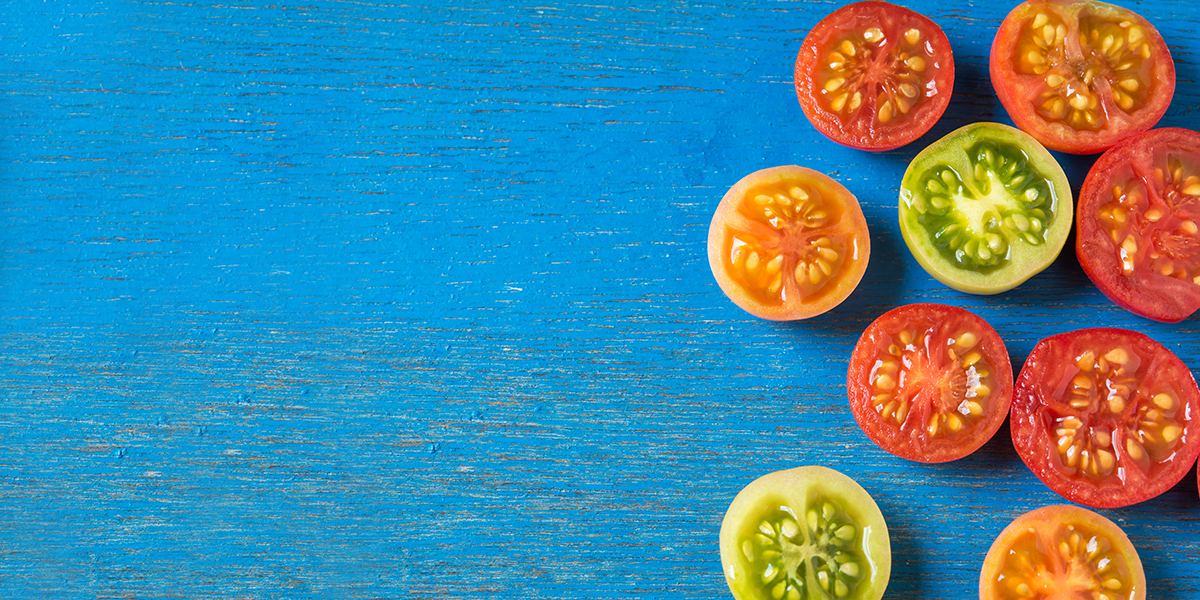
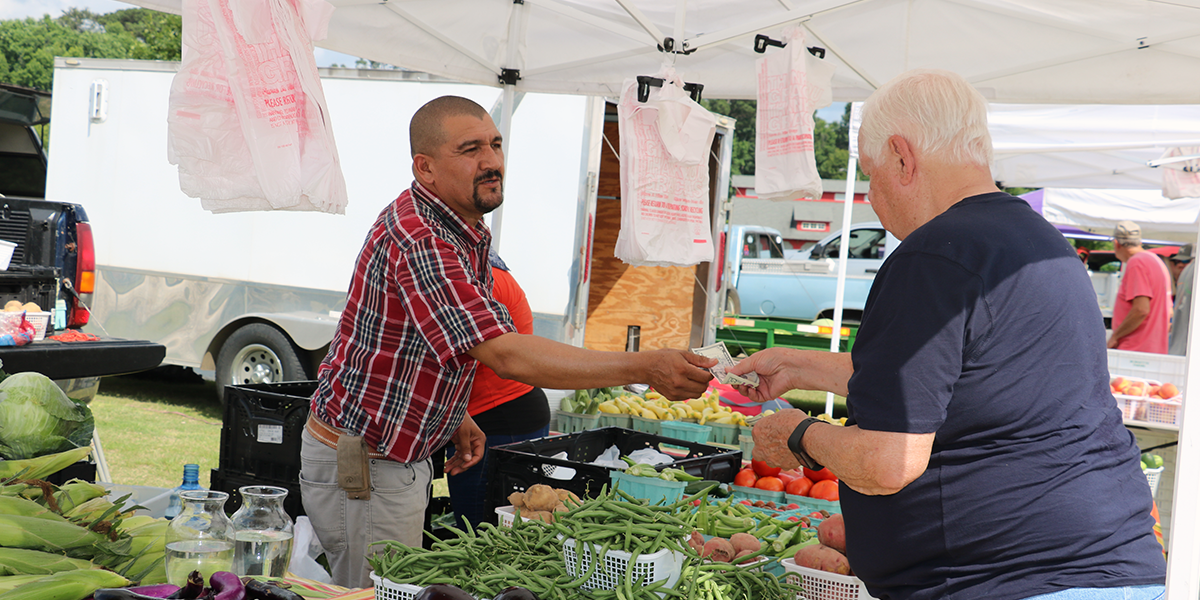
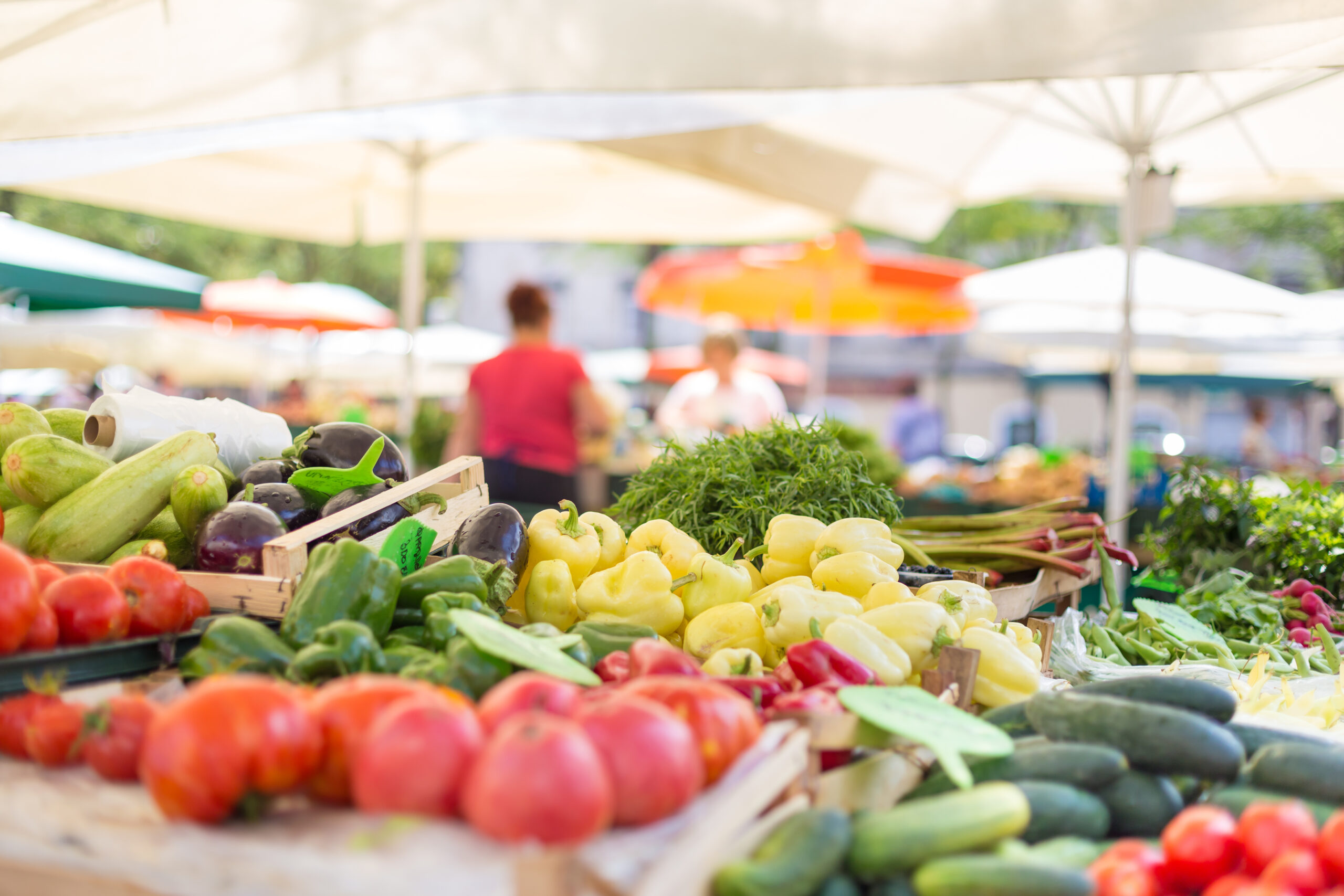
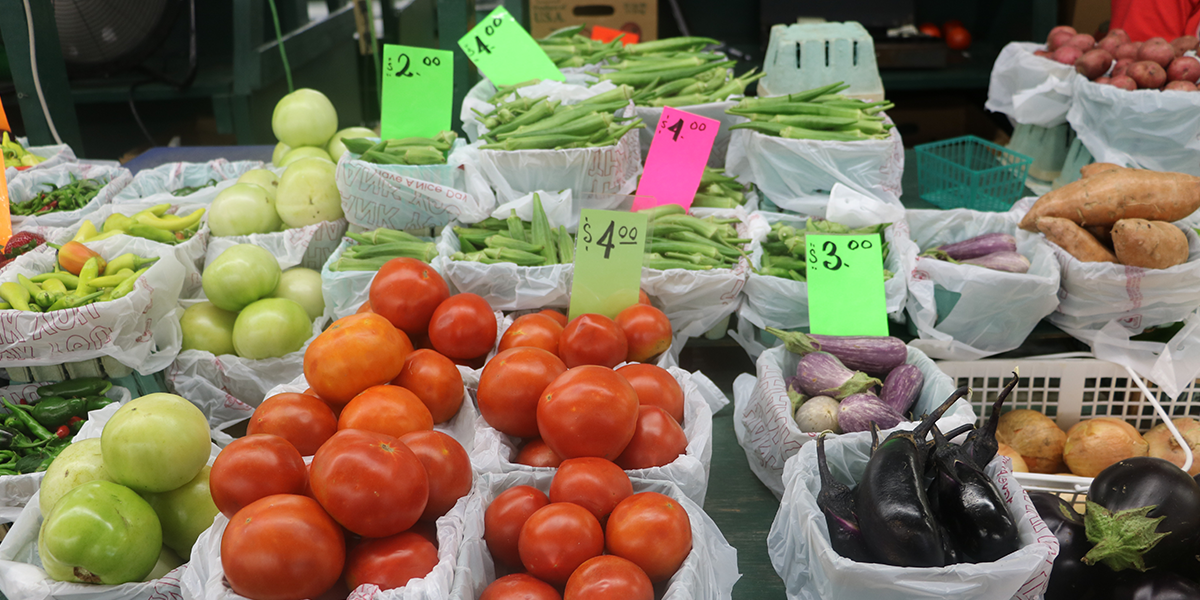
SFMNP BENEFITS APPLICATION
SFMNP Applications are now closed.
However, please feel free to check back in May to see if the application opens again for card renewals only to be placed on a waiting list in the event additional funding is available.
SFMNP Farmer Training
For access to the training module and related resources, please click the button below.
Farmers Market Authority
The Farmers Market Authority (FMA) assists in the marketing of agricultural products by providing information, leadership, and modern facilities necessary to move agricultural products from the farm to the consumer.
Find out more about us by clicking the button below.
Community Supported Agriculture (CSA)
CSA creates agriculture-supported communities where members receive a wide variety of foods harvested at their peak of ripeness, flavor and vitamin and mineral content.
CERTIFIED FARMERS MARKET AND CFM APPLICATION
Latest News
Fresh Fruit and Vegetable Benefit Cards Available for Seniors
MONTGOMERY, Ala. – The Senior Farmers Market Nutrition Program (SFMNP) is a federally funded program administered by the Alabama Department […]
Fresh Fruit and Vegetable Benefit Cards Available for Seniors
MONTGOMERY, Ala. – The Senior Farmers Market Nutrition Program (SFMNP) is a federally funded program administered by the Alabama Department […]


